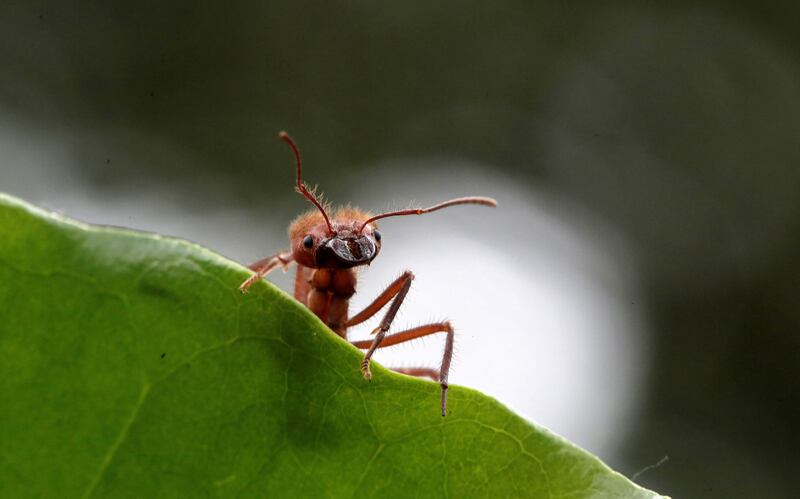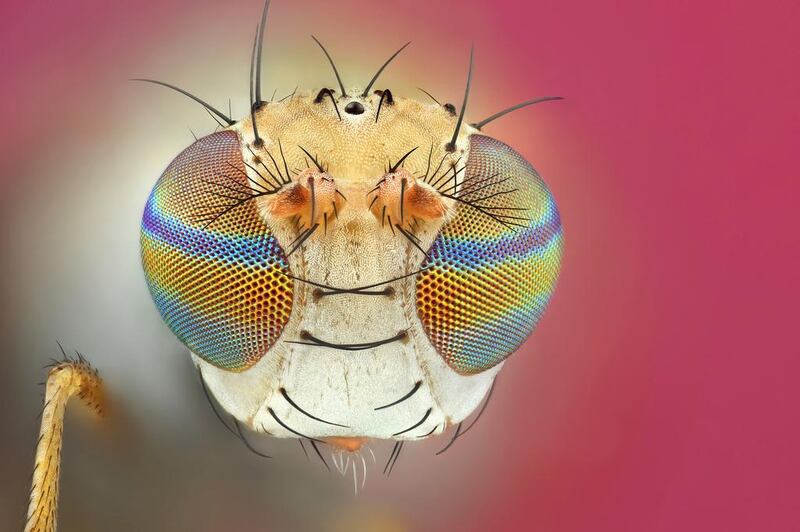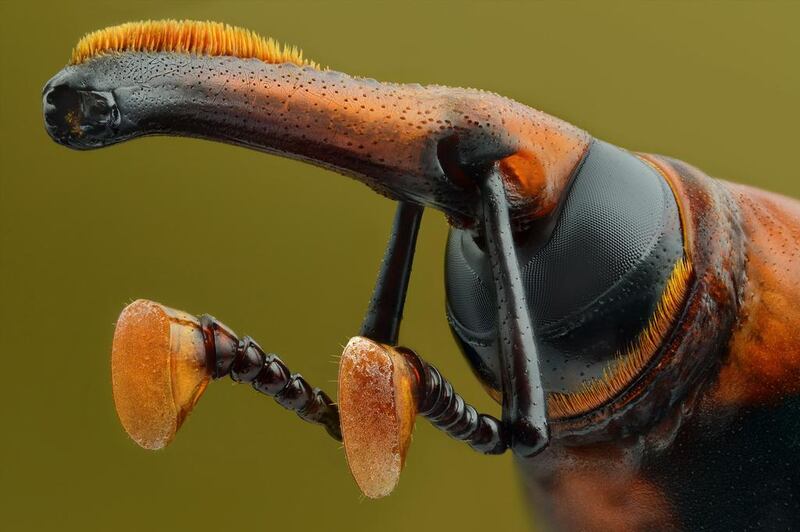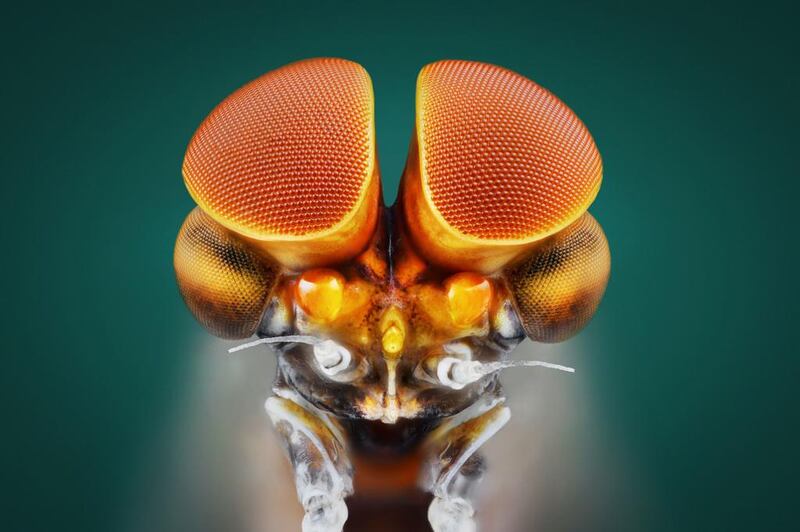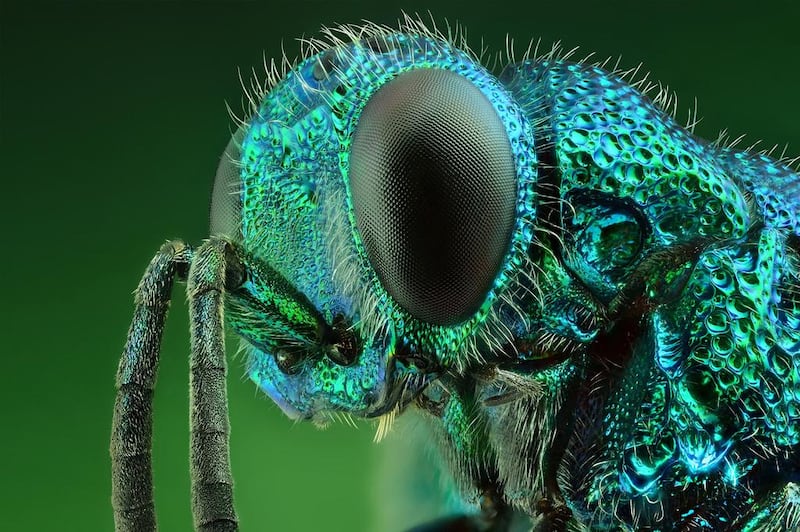Guard your picnic baskets: researchers have estimated that there are about 20 quadrillion ants in the world at any given time.
The biomass of those 20,000,000,000,000,000 individual ants would weigh about 12 megatonnes, more than all the wild birds and mammals in the world put together.
Researchers at the School of Biological Sciences at the University of Hong Kong were behind the massive counting project, whose primary focus was on understanding ants' role on the planet and the natural processes of various ecosystems.
“The astounding ubiquity of ants has prompted many naturalists to contemplate their exact number on Earth, but systematic and empirically derived estimates are lacking,” the researchers wrote in their study, which was published in the journal Proceedings of the National Academy of Sciences.
“Integrating data from all continents and major biomes, we conservatively estimate 20 × 1015 (20 quadrillion) ants on Earth, with a total biomass of 12 megatons of dry carbon.”
Sabine S Nooten, an insect ecologist who was a co-author of the study, told CNN: “We virtually didn't have any expectations because the numbers which floated around beforehand in scientific literatures were basically educated guesses, and they had very little empirical data to work from.
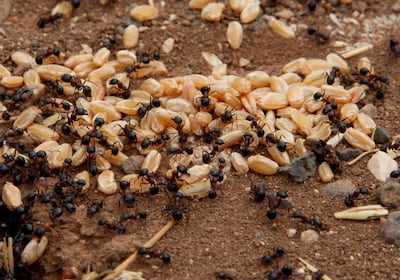
“And, so, this is the novelty of our study because we synthesised the data from a lot of empirical studies.”
By integrating data from about 500 different studies — during which scientists often counted all of the ants within the community they were studying — the research team was able to make its estimate, which they stress is “conservative”.
Ants are important ecosystem engineers, moving dirt, distributing seeds and recycling organic matter. They can also be found almost everywhere on the planet, with the exception of the Arctic and Antarctica.
